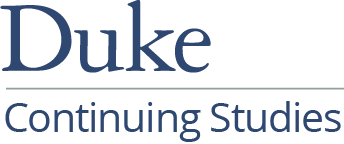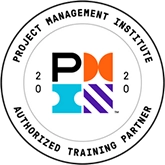Cultivating and Integrating a Hybrid Team
- Traditional Classroom: ½-day
- Virtual Instructor-led: One 3-hour session or Two 90 minute sessions
The global pandemic forced organizations all over the world to quickly adopt the technologies and practices of virtual work. Making the transition from a fully — or mostly — remote workforce to a hybrid work-from-home (WFH) model, however, requires us to truly rethink the design of work across the axes of place and time. This paradigm shift involves factoring in individual preferences and competencies as well as team needs and job-related productivity drivers. It also introduces some new challenges with regard to diversity, equity, and inclusion.
How do we optimize the benefits of a hybrid model so our work lives can be more purposeful, productive, and flexible? How do we anticipate invisible power differentials created by hybrid work arrangements and build in equitable practices to compensate for them? In this interactive session, we’ll explore hybrid work from a variety of perspectives, including access to resources, visibility, proximity, and productivity. We’ll look at ways to define new norms and shift team culture to maximize engagement and collaboration. We will also identify concrete actions that managers can take to create an equitable, inclusive experience.
Target Audience
This course is designed for managers, leaders, team leads, and team members working on hybrid teams.
Learning Objectives
- Infer the root causes of common challenges regarding hybrid work.
- Identify team-level agreements and norms to optimize team communication and productivity.
- Describe the components of an integrative framework for leading hybrid work.
- Articulate how proximity and positioning can impact a wide range of opportunities.
- List concrete actions you can take to mitigate potential equity-related challenges with hybrid work.
Course Outline
Opening Activity
- Class Activity: Bridging the Gap
Successes and Challenges with Hybrid Work
- Group Breakout Activity: Challenges Linked to Hybrid Work
- Defining Team Norms and Guiding Principles
- Team Charter and Team-Level Agreements
- Group Breakout Activity: Hybrid Teams — Communication Best Practices
An Integrative Framework for Leading Hybrid Work: CAARE
- Configuration
- Autonomy and Alignment
- Group Breakout Activity: Configuration, Autonomy, and Alignment
- Building Relationships and Creating Equity
- Unpacking Proximity Bias
- Group Breakout Activity: Building in Equity
Wrap up and Action Planning
MDV2010d Course Code
For more information on this topic, as well as how Corporate Education Group can help power your organization’s performance, contact us via email or call 1.800.288.7246 (US only) or +1.978.649.8200. You can also use our Information Request Form!





